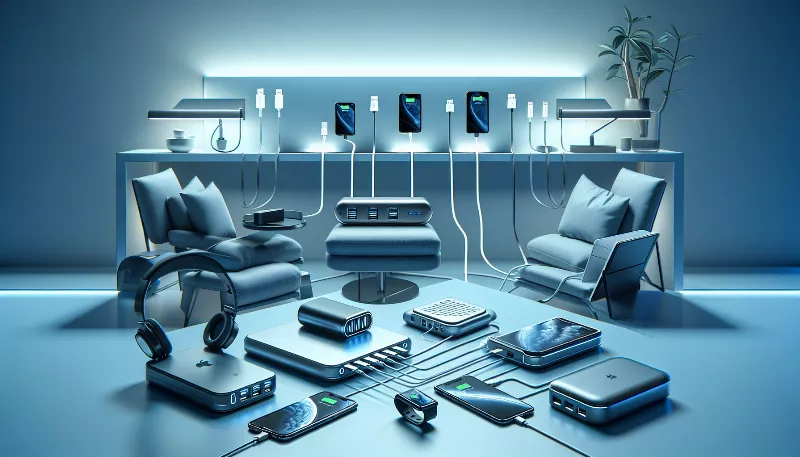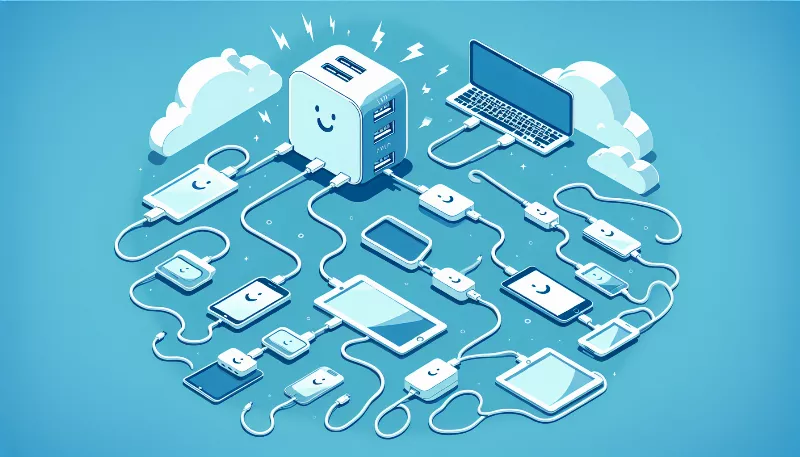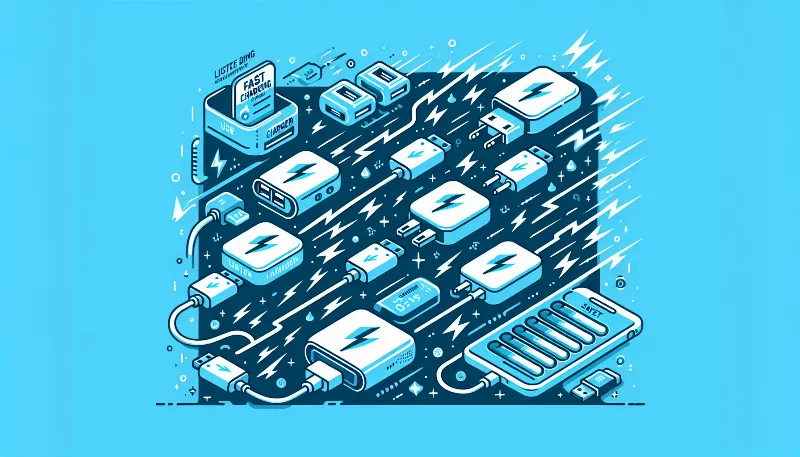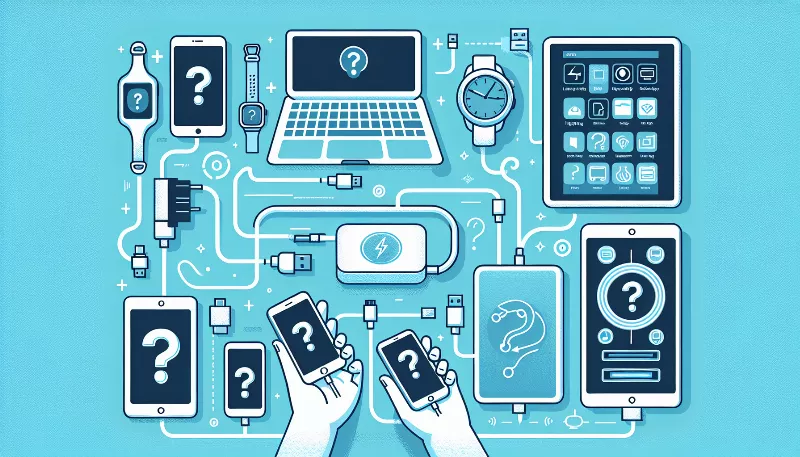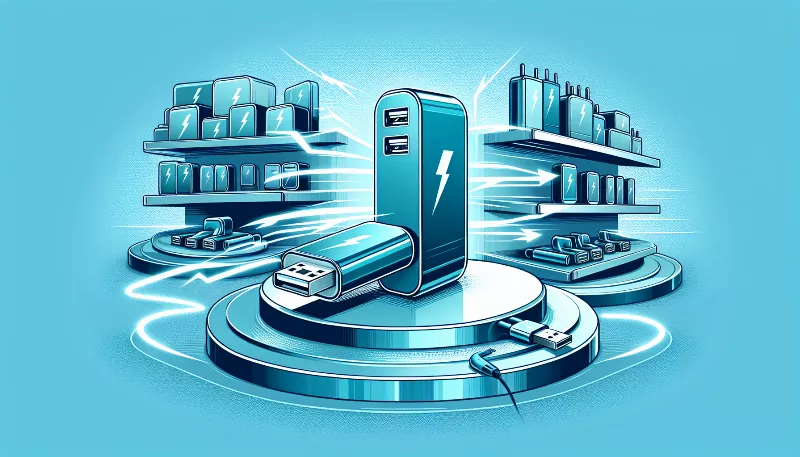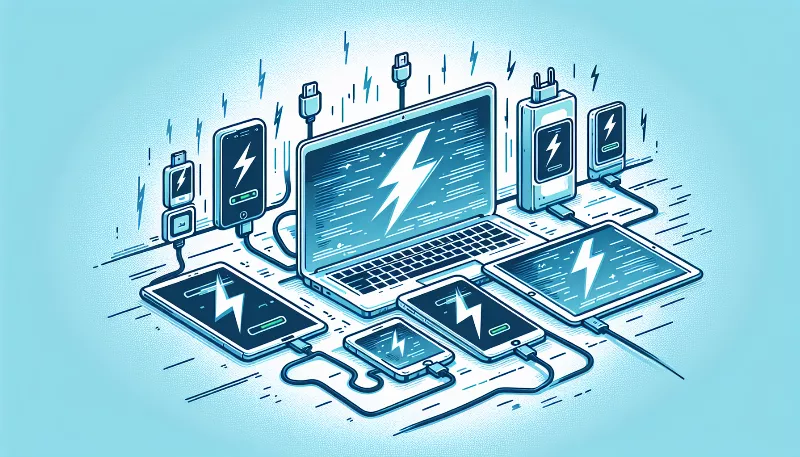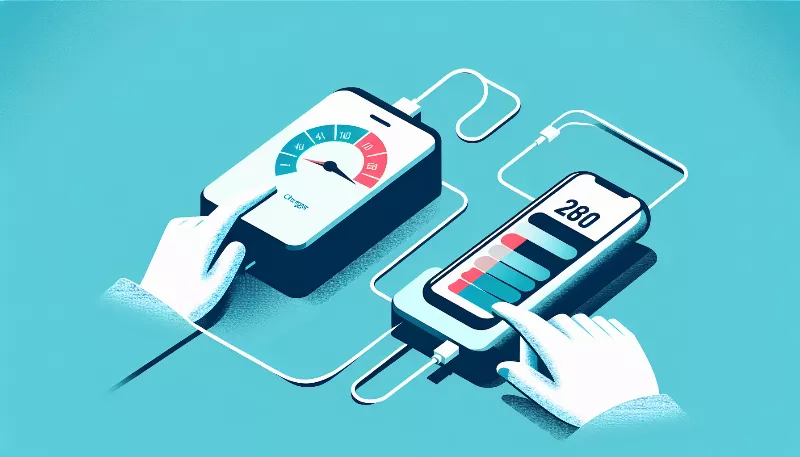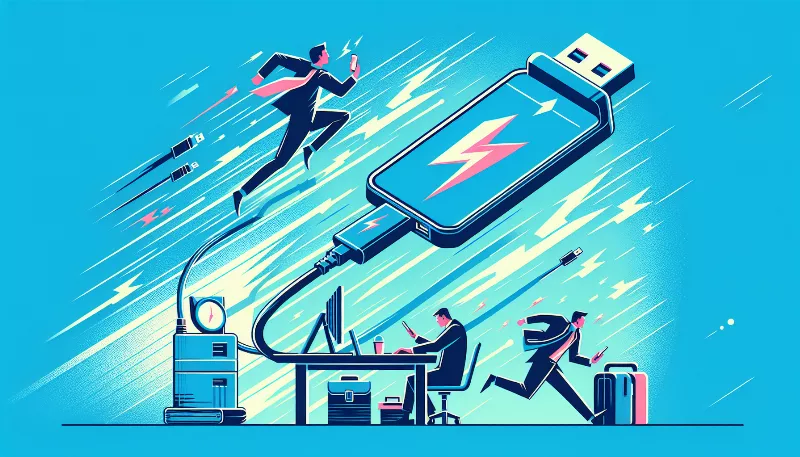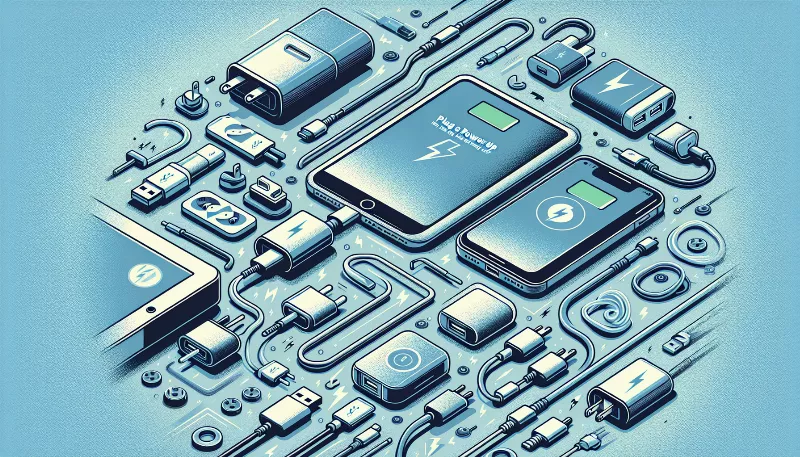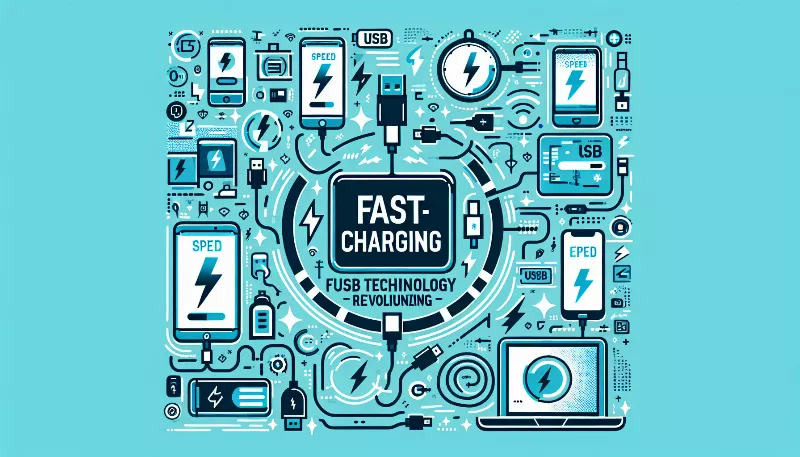What are the main differences between USB Type-A, USB Type-B, and USB Type-C chargers?
Discover the key features of USB Type-A, B & C chargers. Learn compatibility, speed & design differences to choose the right one for your devices!
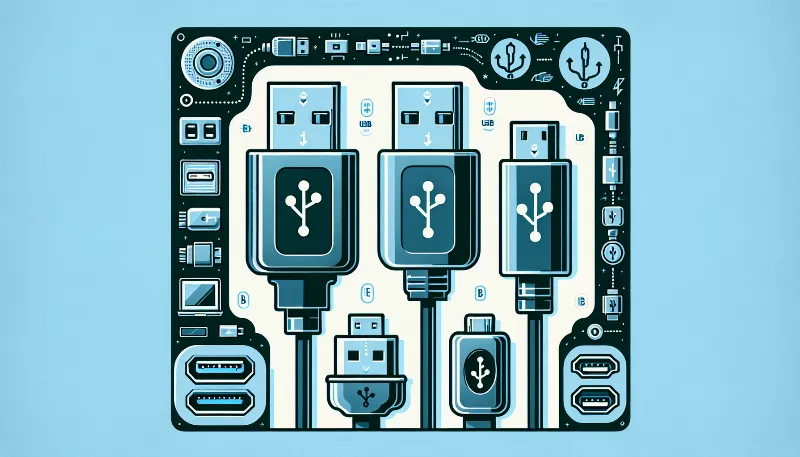
Introduction to USB Chargers
Get ready to dive into the electrifying realm of USB chargers! As we navigate through the bustling currents of technology, it's essential to understand the connectors that power our devices. USB chargers have become ubiquitous in our daily lives, but not all USBs are created equal. Today, we're going to unravel the mysteries behind the three main protagonists in the USB universe: Type-A, Type-B, and Type-C. Each has its unique features and capabilities, and by the end of this journey, you'll be a connoisseur of connectivity!
The Ubiquitous USB Type-A
Ah, the venerable USB Type-A, the granddaddy of connectors! This rectangular port has been with us since the dawn of the USB era and is easily recognized by its flat, elongated interface. It's the standard go-to for connecting a plethora of devices, from keyboards and mice to flash drives and external hard drives. The beauty of USB Type-A lies in its simplicity and widespread compatibility. However, it does have a directional design, which means you might find yourself doing the infamous USB flip-flop dance to plug it in correctly.
The Specialized USB Type-B
Enter the USB Type-B, a more specialized character in the USB family. Often found on printers, scanners, and external storage devices, Type-B connectors are square-shaped with slightly beveled corners. They're not as common as their Type-A counterparts, but they serve an important role in ensuring secure connections for devices that require more robust communication with a computer. While you won't see them as frequently, they're the unsung heroes for specific peripherals, providing a stable and reliable link to your tech arsenal.
The Revolutionary USB Type-C
And now, the pièce de résistance, the USB Type-C! This modern marvel is swiftly becoming the new standard, thanks to its reversible design and impressive capabilities. No more fumbling around – the Type-C connector fits no matter how you plug it in! It's smaller, sleeker, and packs a powerful punch, supporting faster data transfer rates and a higher power output. This means quicker charging and syncing for your devices. Moreover, USB Type-C isn't just for charging; it's versatile enough to carry video and audio signals, making it a true all-in-one connector. With the rise of laptops and smartphones adopting USB Type-C, it's clear that this connector is the future of universal connectivity.
Charging Ahead with USB Technology
As we've seen, each USB type has its domain where it shines the brightest. USB Type-A is the jack-of-all-trades, present in almost every device and computer. USB Type-B specializes in certain devices, offering a dedicated connection. And USB Type-C is the trailblazer, leading the charge with its advanced features and growing adoption. Understanding these differences helps us appreciate the nuances of our tech-laden world and prepares us for a future where USB Type-C may reign supreme. So, the next time you plug in a device, take a moment to admire the intricate dance of connectivity that powers our digital lives!

